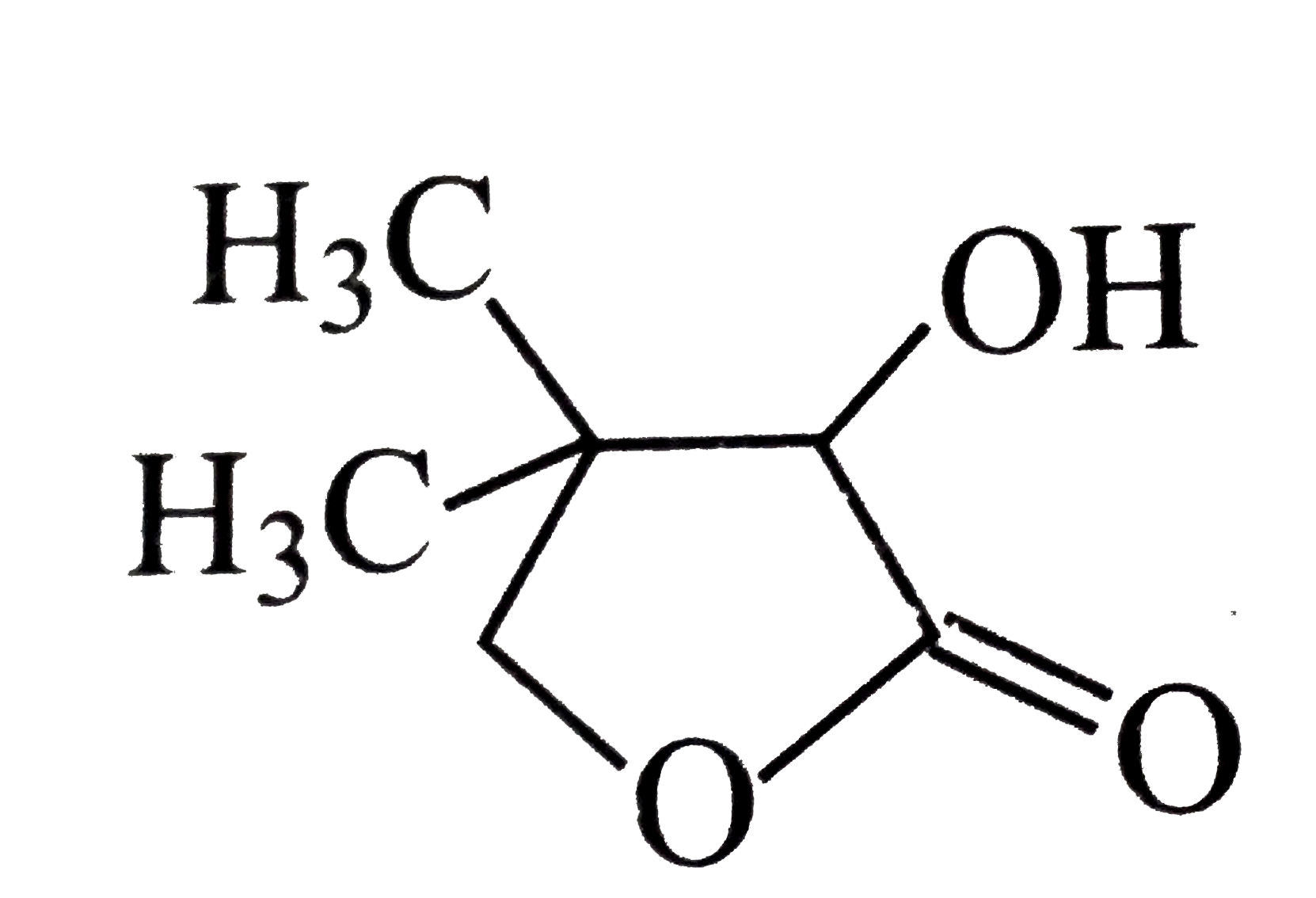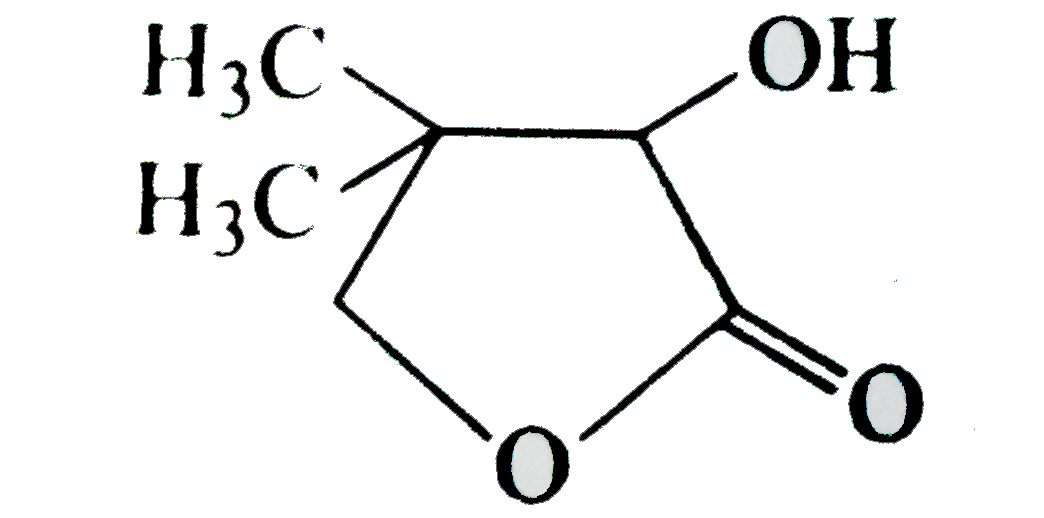The reactions of CI2 gas with cold-dilute and hot-concentrated NaOH in water give sodium salts of two different oxioacids of chlorine, P and Q, respectively. The CI2 gas reacts with SO2 gas, in presence of charocal, to give a product R reacts with white phosphorus to give a compound S. On hydrolysis, S gives an oxoacid of phosphorus.
R, S and T, respectively, are
SO2Cl2,PCl5andH3PO4
SO2Cl2,PCl3andH3PO3
SOCl2,PCl3andH3PO2
SOCl2,PCl5andH3PO4
The correct Answer is:A
To solve the problem step by step, we will analyze the reactions involving chlorine gas (Cl₂) and identify the products formed at each stage.
Step 1: Reaction of Cl₂ with Cold Dilute NaOH
When chlorine gas (Cl₂) reacts with cold dilute sodium hydroxide (NaOH), it forms sodium hypochlorite (NaOCl) and sodium chloride (NaCl). The reaction can be represented as follows:
Cl2+2NaOH→NaOCl+NaCl+H2O
- Product P: Sodium hypochlorite (NaOCl)
Step 2: Reaction of Cl₂ with Hot Concentrated NaOH
When chlorine gas (Cl₂) reacts with hot concentrated sodium hydroxide (NaOH), it forms sodium chlorate (NaClO₃) and sodium chloride (NaCl). The reaction can be represented as follows:
Cl2+6NaOH→2NaCl+NaClO3+3H2O
- Product Q: Sodium chlorate (NaClO₃)
Step 3: Reaction of Cl₂ with SO₂ in the Presence of Charcoal
Chlorine gas (Cl₂) reacts with sulfur dioxide (SO₂) in the presence of charcoal to produce sulfuryl chloride (SO₂Cl₂). The reaction can be represented as follows:
Cl2+SO2→SO2Cl2
- Product R: Sulfuryl chloride (SO₂Cl₂)
Step 4: Reaction of R with White Phosphorus
Sulfuryl chloride (SO₂Cl₂) reacts with white phosphorus (P₄) to produce phosphorus pentachloride (PCl₅) and sulfur dioxide (SO₂). The reaction can be represented as follows:
SO2Cl2+P4→4PCl5+2SO2
- Product S: Phosphorus pentachloride (PCl₅)
Step 5: Hydrolysis of S
When phosphorus pentachloride (PCl₅) undergoes hydrolysis, it reacts with water to form phosphoric acid (H₃PO₄). The reaction can be represented as follows:
PCl5+4H2O→H3PO4+5HCl
- Product T: Phosphoric acid (H₃PO₄)
Summary of Products
- R: Sulfuryl chloride (SO₂Cl₂)
- S: Phosphorus pentachloride (PCl₅)
- T: Phosphoric acid (H₃PO₄)
Final Answer
R, S, and T are:
- R = SO₂Cl₂
- S = PCl₅
- T = H₃PO₄
When chlorine gas (Cl₂) reacts with cold dilute sodium hydroxide (NaOH), it forms sodium hypochlorite (NaOCl) and sodium chloride (NaCl). The reaction can be represented as follows:
When chlorine gas (Cl₂) reacts with hot concentrated sodium hydroxide (NaOH), it forms sodium chlorate (NaClO₃) and sodium chloride (NaCl). The reaction can be represented as follows:
Chlorine gas (Cl₂) reacts with sulfur dioxide (SO₂) in the presence of charcoal to produce sulfuryl chloride (SO₂Cl₂). The reaction can be represented as follows:
Sulfuryl chloride (SO₂Cl₂) reacts with white phosphorus (P₄) to produce phosphorus pentachloride (PCl₅) and sulfur dioxide (SO₂). The reaction can be represented as follows:
When phosphorus pentachloride (PCl₅) undergoes hydrolysis, it reacts with water to form phosphoric acid (H₃PO₄). The reaction can be represented as follows:
- R: Sulfuryl chloride (SO₂Cl₂)
- S: Phosphorus pentachloride (PCl₅)
- T: Phosphoric acid (H₃PO₄)
R, S, and T are:
- R = SO₂Cl₂
- S = PCl₅
- T = H₃PO₄
Topper's Solved these Questions
- THE P-BLOCK ELEMENTS BOOK - NCERT FINGERTPS ENGLISHCHAPTER - THE P-BLOCK ELEMENTS EXERCISE - EXAMPLAR PROBLEMS
25 Videos
- THE P-BLOCK ELEMENTS BOOK - NCERT FINGERTPS ENGLISHCHAPTER - THE P-BLOCK ELEMENTS EXERCISE - ASSERTION & REASON
15 Videos
- THE P-BLOCK ELEMENTS BOOK - NCERT FINGERTPS ENGLISHCHAPTER - THE P-BLOCK ELEMENTS EXERCISE - Assertion And Reason
15 Videos
- THE D- AND F- BLOCK ELEMENTS BOOK - NCERT FINGERTPS ENGLISHCHAPTER - THE D- AND F- BLOCK ELEMENTS EXERCISE - Assertion And Reason
15 Videos
- THE SOLID STATE BOOK - NCERT FINGERTPS ENGLISHCHAPTER - THE SOLID STATE EXERCISE - Assertion And Reason
15 Videos
Similar Questions
Upon heatingKClO3 in presence of catalytic amount of MnO2, a gas W is formed. Excess amount of W reacts with white phosphorus to given X. The reaction of X with pure HNO3 gives Y and Z.
Y and Z are, respectively
View SolutionUpon heatingKCIO3 in presence of catalytic amount of MnO2, a gas W is formed. Excess amount of W reacts with white phosphours to given X. The reaction of X with pure HNO3 gives Y and Z.
W and X are, respectively
View Solution
Knowledge Check
The reactions of CI2 gas with cold-dilute and hot-concentrated NaOH in water give sodium salts of two different oxioacids of chlorine, P and Q, respectively. The CI2 gas reacts with SO2 gas, in presence of charocal, to give a product R reacts with white phosphorus to give a compound S. On hydrolysis, S gives an oxoacid of phosphorus.
P and Q, respectively, are the sodium salts ofAhypochlorous and chloric acidsBhypochlorous and chlorous acidsCchloric and perchloric acidsDchloric and hypochlorous acids.
Two aliphatic aldehydes (P) and (Q) react in the presence of aqueous K2CO3 to give compound (R ) which upon treatment with HCN gives compound(S). On acidification and heating, (S) gives the product shown below:

Compounds (P) and (Q), respectively, are:
View SolutionAluminium forms a carbide 'x' which react with water to give a gas 'y' . 'y' does not react with Br2 water. Give 'x' and y respectively.
View Solutionwhen sodium metal reacts with NH3 at high temprature, it gives a salt and releases H2 gas. The salt formed and its nature repectively will be
View SolutionWhy Zn reacts with dilute H2SO4 to give H2 gas but Cu does not ?
View SolutionTwo aliphatic aldehydes (P) and (Q) react in the presence of aqueous K2CO3 to give compound (R ) which upon treatment with HCN gives compound(S). On acidification and heating, (S) gives the product shown below:

Compound (R ) is:
View SolutionTwo aliphatic aldehydes P and Q react in th presence of aqueous k2CO3 to give compound R, which upon treatment with HCN provides compound S. On acidification and heatingm,S gives the product shown below:

The compound S is
View SolutionAn organic compound (a) reacts with sodium metal and forms (b). On heating with conc. H2S04 (a) gives diethyl ether. (a) and (b) are respectively
View Solution
